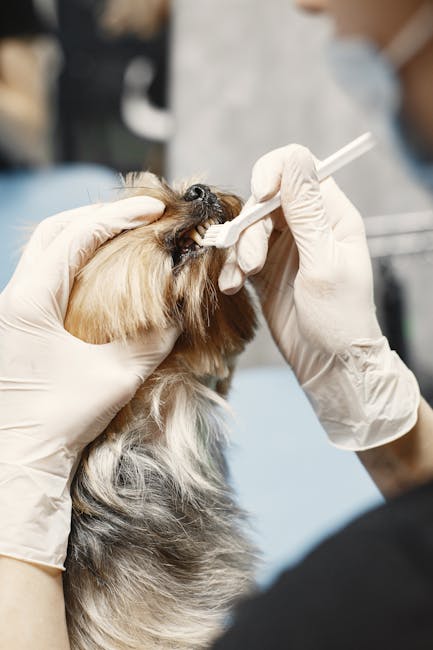 Medical Office Cleaning: Necessary Practices for a Safe Environment
Medical Office Cleaning: Necessary Practices for a Safe Environment
Worldwide of medical care, cleanliness is not simply a concern; it is an essential demand. Clinical workplace cleansing plays an essential duty in guaranteeing that medical care centers offer a risk-free and sterilized atmosphere for both people and healthcare providers. With the enhancing emphasis on infection control and prevention, recognizing the best practices for cleaning up medical offices is important. This article explores the value of medical office cleaning, highlights efficient cleaning strategies, and uses tips for keeping a pristine healthcare atmosphere.
The first step in effective clinical office cleansing is acknowledging the high requirements that should be upheld. Medical centers are reproducing premises for microorganisms, making regular and complete cleansing definitely important. The Centers for Illness Control and Prevention (CDC) guidelines lay out particular cleaning and disinfection methods for numerous areas of a medical workplace, consisting of waiting spaces, therapy areas, and toilets. By sticking to these guidelines, healthcare centers can minimize the danger of infections and cross-contamination among people and staff.
Among one of the most crucial elements of clinical office cleaning is making use of ideal cleaning agents. It is important to select EPA-approved anti-bacterials effective against a wide range of microorganisms, including bacteria and viruses. High-touch surface areas like doorknobs, light switches, and waiting location furniture must be often decontaminated throughout the day to guarantee topmost safety and security. Additionally, purchasing equipment such as UV-C light sanitizers can offer an extra layer of security by disinfecting surface areas that may be missed out on during regular cleaning.
Educating personnel on proper cleaning methods is equally crucial. All employees involved in cleaning should be well-informed concerning infection control methods, consisting of the correct use personal protective equipment (PPE), such as gloves and masks. Normal training sessions can make certain that staff remains upgraded with the most up to date methods and practices, promoting a culture of safety and security within the clinical office. Establishing a cleaning schedule that includes daily, weekly, and monthly jobs can likewise promote uniformity and responsibility among cleaning personnel.
Keeping a tidy medical workplace includes not only routine cleansing however likewise ongoing analyses and improvements. It is valuable to perform routine evaluations to determine areas that might call for even more interest and to obtain responses from personnel and people concerning sanitation. By implementing a continual enhancement approach, clinical workplaces can adjust to new challenges and guarantee that their cleansing procedures satisfy the highest criteria. Finally, a comprehensive medical office cleansing regimen is vital for the security and health of all individuals within the medical care environment. By following developed guidelines, making use of correct cleaner, training staff, and committing to continuous analyses, medical workplaces can create a clean, risk-free, and welcoming environment for everybody.
The Essential Laws of Explained
Why People Think Are A Good Idea
